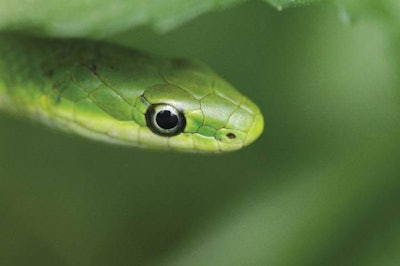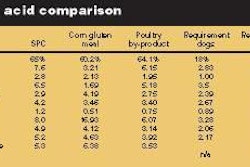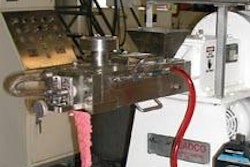
The global pet treats market has gone wild. Not only is sales growth expanding rapidly, so are the number of new niches. The worldwide retail value of dog and cat treats hit US$4.5 billion in 2005. Dog treats accounted for US$3.8 billion; cat treats reached US$620 million (Euromonitor, 2006).
However, there's now more to the treat market than snacks for dogs and cats. Take Vitakraft, for example. It is a company that has treats for a variety of species, including: Reptiles, chinchillas, rabbits, guinea pigs, hamsters, parakeets and parrots.
In addition there's a burgeoning business in functional treats for pets. There are snacks that clean teeth; aid in hairball control; acidify urine and supply extra energy for exercise.
There is also big money in the humanization of pet treats. For example, Three Dog Bakery makes luscious-looking snacks and throws birthday parties for pets. Another example is, Merrick Pet Care's new line of sausage snacks which comes in flavors such as Grammy's Pot Pie; Thanksgiving Day Dinner and Cowboy Cookout.
Treat sales vary greatly by country, with the US, Europe and Japan far in the lead. But many other countries have promising pet snack markets. Following are treat market assessments from Euromonitor International.
China's pet treat market
Dog treats are growing rapidly in both value and volume terms in China. This is more evidence of the increased willingness of Chinese owners to please their dogs. With current value growth of around 17% in 2005, sales of dog treats reached US$11.5 million.
Given the relatively low income levels, brand loyalty is quite low when it comes to dog treats. With the exception of Pedigree, the dog treats market is mostly occupied by domestic brands, which enjoy advantages in terms of lower production costs and wider distribution. Multi-national players are subject to the volatile Chinese import policy. China's domestic companies used to be export-oriented, but as the domestic market boomed, they swiftly adapted with it. Some brands have successfully established brand awareness among consumers, such as Wanpy and I Love Dogs.
Indian dog treats
Dog treat value sales in India almost doubled over the past five years to an estimated US$4.4 million in 2005, with growth of 14% over 2004. This can be directly attributed to increased spending on dogs and a greater integration of the dog as a member of the family. Dog treats are expected to be one of the biggest beneficiaries of the ever-improving disposable incomes and growing expenditure of Indian dog owners.
Pet treats in Mexico
The Mexican dog treats market accounted for 5% of the total dog food value in 2004. It rose to about US$33 million in 2005, a 3% growth over 2004. High prices and lack of awareness limit dog treats' growth potential considerably. Nestlé México set up an informative website where consumers can find complete information on how to care for pets, including information on the importance of treats.
Link to Reports
For more information on Euromonitor's reports, go to www.petfoodindustry.com and click the Euromonitor icon.















